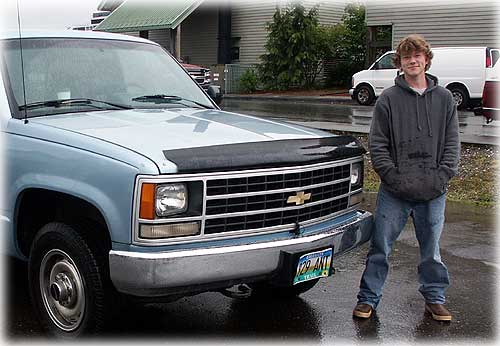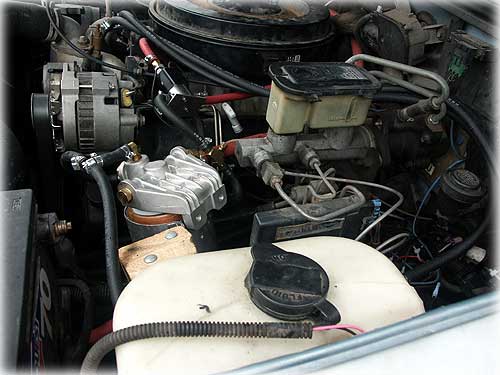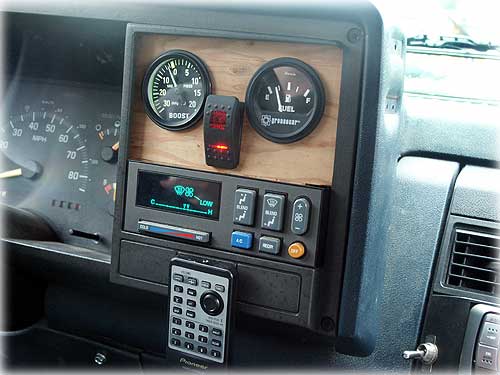Biodiesel and biofuel production is growing at an ever growing rate as new production facilities appear across Europe, Asia, and the Americas every month. Manufacturers of biodiesel testing equipment are responding to these growing demands to supply the market at every level.
Biodiesel and biofuel production is growing at an exponentially increasing rate as new test-bed plants and full production facilities are being approved every month across Europe, Asia, and the Americas.
At present, biofuel production is considered experimental, and compared with other fuel production techniques, the total output is still very low. Feedstock supply lines are therefore quite limited, either being sourced from widely distributed waste products of other industries, or from niche crops like canola, a relatively new rapeseed cultivar. This creates a problem for both major and minor biodiesel producers, who have the daunting task of producing homogeneous, high quality fuel sourced from feedstock of varying and ultimately unknown purity and content. The market has responded to the demands of these new industries to supply quality assurance biodiesel testing equipment for every production scale.
Given the climbing public awareness of global warming and strains on global energy output, governments and corporations around the world are fronting the expense of rebates, research grants, and tax breaks for operators in industries which work towards reducing greenhouse gas emissions, making the concept of small, high-tech niche-industry start-ups economically viable. This has attracted big investment dollars in Brazil, the United States, and some members of the EU - most notable among these being Germany, where there are dozens of medium and large-scale alternative energy generation plants.
Biodiesel is defined as a diesel equivalent produced via transesterification of common fats and oils. There are three main avenues of supply of feedstock to biodiesel production plants. The first of these is dedicated crops grown specifically for their organic oils. Examples of these include soy beans, canola (rapeseed), oil palms, and algae. Canola and soy accounts for most of the total biodiesel production feedstock for the world, as it can be grown with conventional farming techniques, with predictable results.
The crop with the potential to produce the most oil is actually a species of algae, Botryococcus braunii, however, there remain serious doubts about its viability as a crop. Medium scale ventures prefer the waste by-products of other farming methods. The woody part of corn plants, left over wood pulp, and other biomass materials can be used as a substrate for biodiesel or ethanol producing bacteria. This supply is desirable for medium-scale producers as it results from otherwise less valuable by-products that can be obtained in reasonably large quantities.
Small-scale and hobbyist biodiesel producers are most likely to make use of waste vegetable oils and animal fats from cooking and commercial food production, as these are ubiquitous, but usually available only in smaller quantities, and hobby users are not likely to need any more raw feedstock than is necessary for a tank of fuel in their car every week. Furthermore, it is impractical for larger producers to collect kitchen waste in the same way an individual can, at least until demand grows enough for such infrastructure to be built.
Large scale producers have ongoing testing requirements for samples from billions of gallons biofuel every year. Due to the experimental nature of the industry, initial investment for such projects is quite expensive, however, due to the mostly uniform content of the feedstock crops used, large biodiesel production plants have run fairly reliably once established. For big biodiesel, the emphasis is on quality assurance: There are stringent requirements put on producers to keep levels of pollutants and various contaminants under tight control. Areas tested can include alcohol content, ester content, sulfur, heavy metal, and water quotas.
Additionally, biodiesel must exhibit certain physical characteristics like viscosity and flashpoint temperature. Small and medium scale producers have slightly different challenges to overcome, as they often do not sell their product, but rather, use it internally to power on-site farming machinery, or in the case of a hobbyist, the family sedan. The challenge here is not in producing product that meets stringent sales requirements (although it is desirable), but rather, ensuring that the higher number of relatively small batches are safe and uniform, so as not to produce content that damages the engines of machinery and equipment.
While this work can be done in-house, it is far more economically viable for producers to contract out as possible. Larger testing enterprises usually have of at least one HPLC (High Pressure Liquid Chromatography) machine or Gas Chromatograph, which are available for less than US$20,000, as well as all the appropriate glassware and apparatus to conduct titrations and other analytic procedures. At the hobby end of the market are self-contained biodiesel reaction vessel kits available for less than $500, and biodiesel testing kits for testing small quantities of product which can be sourced for less than $50.
With the growing public concern over the excess of atmospheric carbon, world peak oil production, and alternative energy solutions, biodiesel is beginning to look like an increasingly appealing stepping stone in between petroleum products and a completely clean implementation of energy storage, like hydrogen. Biodiesel testing requirements factor into the equation for small, medium, and large scale producers to ensure a supply of quality product.
About the Author
With growing environmental concern of burning fossil fuels, biodiesel is a stepping stone for an alternative energy source. To ensure a high quality biodiesel fuel source, biodiesel testing kits are available from Midwest Laboratories. http://store.midwestlabs.com/
 Girl Mark is in town this week and will be teach two biodiesel homebrew classes in Ft. Lauderdale. In the biodiesel community, Girl Mark is a celebrity. She even written a book, Biodiesel Homebrew Guide.
Girl Mark is in town this week and will be teach two biodiesel homebrew classes in Ft. Lauderdale. In the biodiesel community, Girl Mark is a celebrity. She even written a book, Biodiesel Homebrew Guide. 












